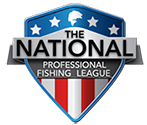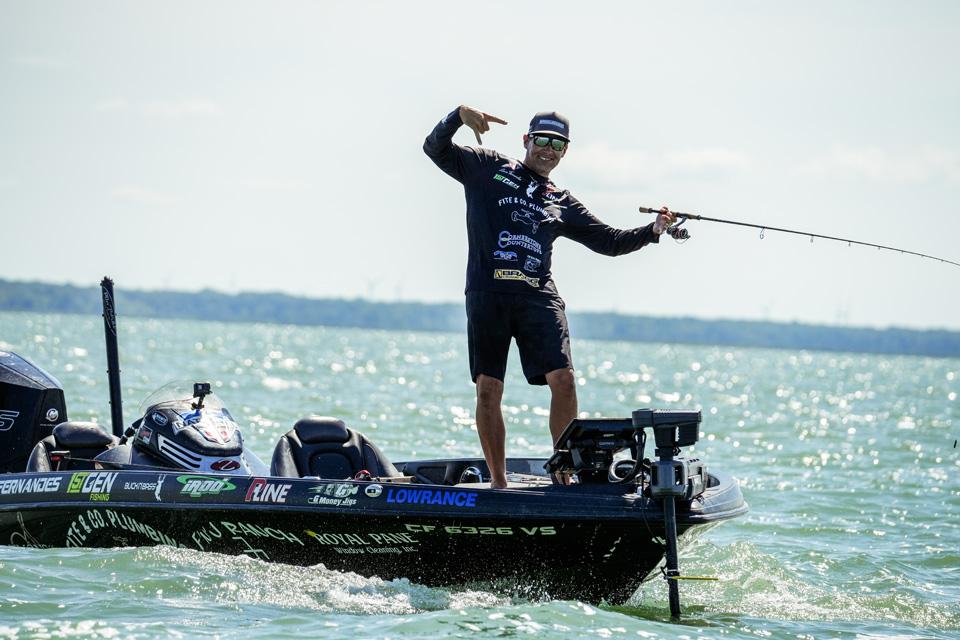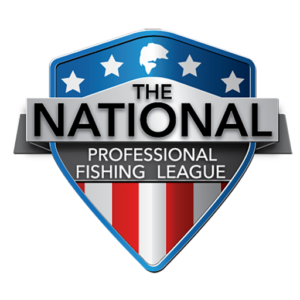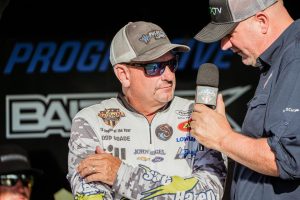Signature Series: Shallow Cranking in Fall
Featuring: Louis Fernandes
Photos by Tanner & Travis Lyons
Hometown: Santa Maria, CA
Technique: Shallow cranking
History: When I was younger, anglers like Rick Clunn and Takahiro Omori were heroes of mine. I admired the way they fished, and it made me want to develop my skills with square bills and other shallow crankbaits. I learned that in California, I could always depend on shallow crankbaits to catch fish. It didn’t matter if the water was deep or clear, cold or hot, there were always some bass that would eat a shallow-running crankbait. Plus, you can win by shallow cranking. Today, I work the same patterns all over the country and probably spend 20-25% of my time on the water throwing shallow crankbaits — 6 feet or less.
Highlights: I finished third in a major national tournament fishing shallow crankbaits. A lot of my NPFL success has come from shallow cranking.
When: Shallow cranking works anytime, but the best time is probably when the water temperature is between 53 and 59 degrees — early pre-spawn and late fall. For me, late fall is very much the same as pre-spawn. The bass are usually setting up in the same places.
Where: My favorite cover-structure combination is wood on riprap, but shallow crankbaits work wherever bass set up in the spring and fall. They’ll get on rock or docks or brush. Clay banks with a little bit of rock on them are good, too. I like 45-degree banks in the pre-spawn, and in the fall I like cuts and creeks that are a little deeper and don’t flatten out very much.
Lures: Two of my favorite shallow crankbaits are the Berkley Frittside 5 Biggun (Brown Craw or Root Beer Craw) and the Rapala DT6 (Demon or Old School).
Mods: I change out the hooks and split rings on my crankbaits. I like the VMC RedLine Series Finesse Trebles and P-Line split rings. I need strong connections for the way I fish shallow crankbaits.
Line: I fish the Frittside on 15-pound test P-Line Halo fluorocarbon and I like 12-pound P-Line Tactical fluorocarbon for the DT6. But if the water’s dirty or dark — a foot of visibility or less — I’ll switch to 50- or 65-pound P-Line braid. It takes pressure to get good hook penetration and to land these fish. The braid helps.
Rod: iRod Genesis III (IRG733C) 7-foot-3 medium-heavy, fast action casting rod
Reel: 7.1:1 casting reel
Basics: As much as possible, I try to cast parallel to the bank when fishing shallow crankbaits around rocks, wood, vegetation or other cover, and I fish a crankbait that will run a foot or two deeper than the bottom. I generally use a steady medium speed retrieve. If my bait is not contacting the bottom or the cover all throughout the retrieve, I’m not going to get bit. The directional changes that occur when a crankbait deflects off cover are what trigger strikes.
Advanced: Most anglers who try shallow cranking don’t stick with it long enough or try it in enough places. I’ll throw a crankbait into a boat slip over 20 feet of water and bounce it off the boat lift frame. I’ll bounce them off dock pilings in deep water and work them through bait balls in open water. Shallow-running crankbaits can trigger strikes in a lot more places than most anglers realize.





